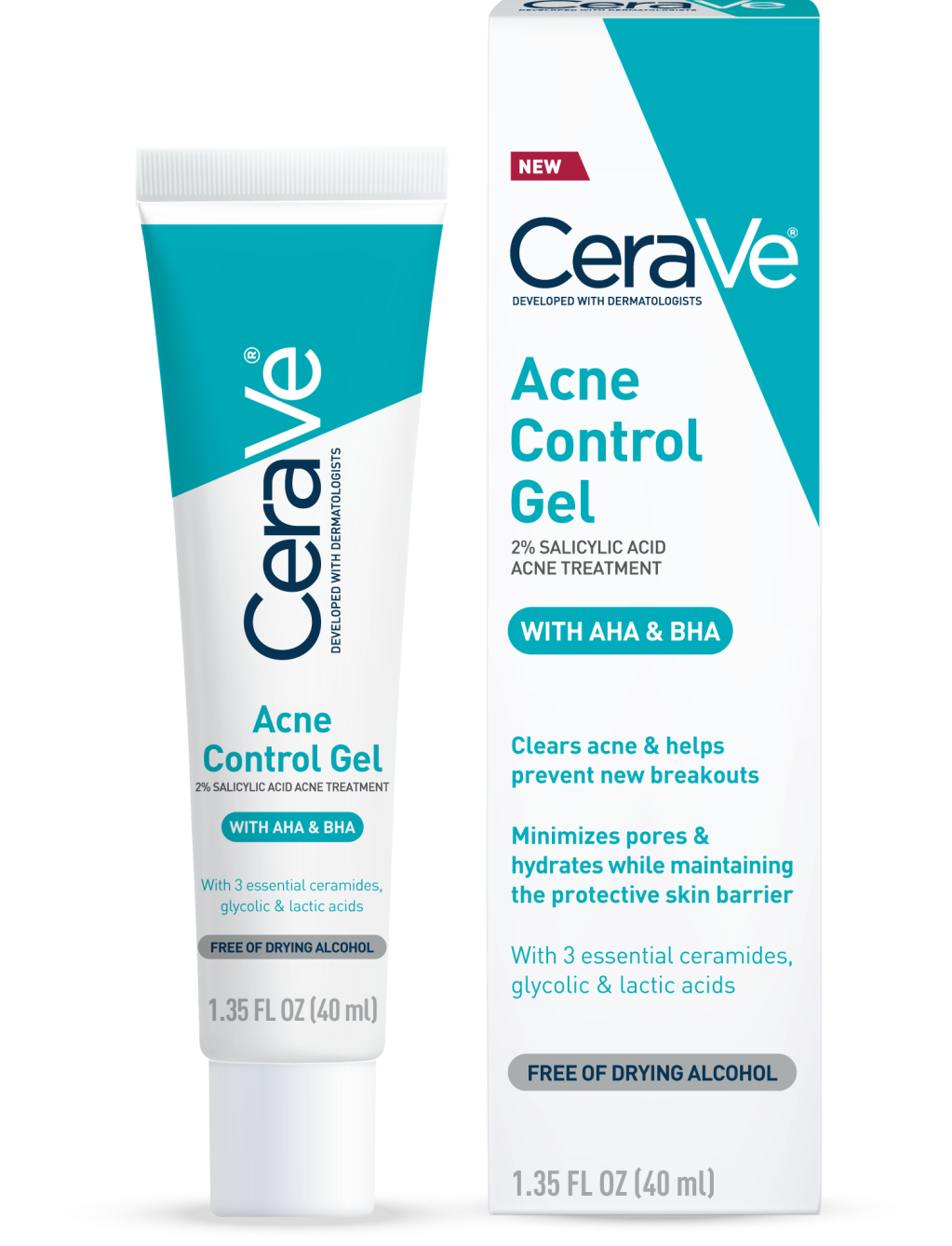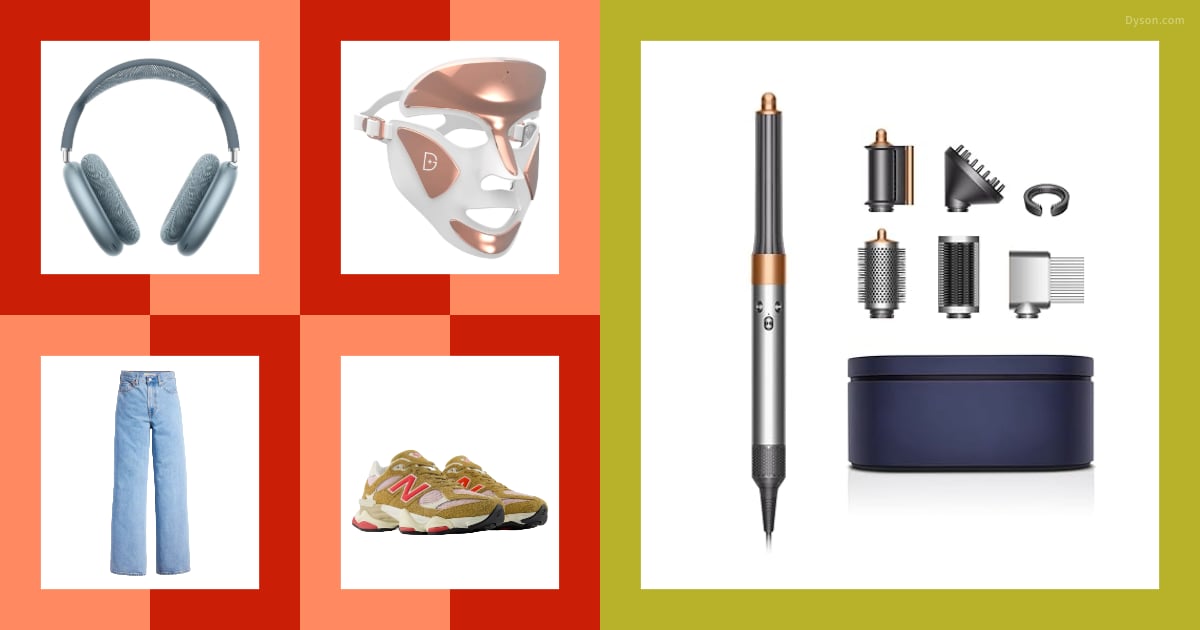Emma Simon’s vanity is loaded with prestige beauty brands like Makeup by Mario, Nars and Charlotte Tilbury.
But when, at age 29, she experienced her first acne breakout, her dermatologist’s recommendations sent her to the drugstore for brands like CeraVe, LaRoche-Posay, Neutrogena and Cetaphil.
Simon is not the exception — older women are spurring sales increases of acne in mass market stores. There is also a surge of sales in colloidal patches that provide a quick fix for Zoom calls or social engagements.
More than 50 million Americans suffer from acne, according to the American Academy of Dermatology. Although the condition is usually associated with teens, more mature consumers are hunting for remedies. Spate data reports searches for “perimenopause and acne” grew 65 percent year-over-year and “menopause and acne” jumped 32 percent in 2023.
Related Articles
“In my practice, most patients with acne are adult women who are often frustrated that they have to deal with acne as an adult,” said Heather Woolery-Lloyd, a board-certified dermatologist in Miami. “Some studies show acne affects over 50 percent of adult women.”
Mamina Turegano, a board-certified dermatologist based in Louisiana, agreed there has been a noticeable uptick in adult cases. “I have my own theories,” she said, to explain the rise. “There is an increase in stress, our gut microbiomes are more disturbed and altered balances of ‘good’ bacteria to ‘bad’ bacteria have been associated with acne.”
Whatever the reasons, retailers see more mature acne shoppers. “Among people suffering from any acne issues, our suppliers have seen that nearly three-fourths are older than 35 years old,” said Heather Hughes, group vice president, general merchandise manager of health, wellness and beauty personal care at Walgreens.
Unlike most beauty categories, where the current trend is for shoppers to treat themselves with luxury products, the mass market channel edges out prestige competitors for acne sales.
It’s a big win for mass. Americans are expected to spend more than $5.2 billion spent on products to combat blemishes this year. By 2030, the category is projected to top $7.2 billion, according to Fortune Business Insights.
Dollar sales in mass market stores soared 27 percent for the 52-weeks ended September 2023, according to Circana, to reach $774 million. That’s more than double the $311.7 million registered in prestige doors. Unit movement was 17 percent meaning gains were the result of more sales, not just price hikes. Acne is the fastest-growing sector in the entire mass facial landscape, per Circana.
One of the biggest reasons shoppers flock to mass doors is the support of dermatologists. Even though most Americans don’t visit one, they can buy dermatologist-recommend brands at their local drug or discount store.
“Dermatologists are highly trained skin care experts, but not everybody has access to one. As a result, retail faces a significant opportunity to fill that gap,” said Scott Emerson, president of the Emerson Group.
Brands with dermatology-backed bragging rights are changing how acne products are merchandised. Target, for example, groups dermatologist brands in a separate area set off from traditional skin care with signage signifying “Premium Derm Brands.”
CVS Pharmacy, which also highlights dermatologist recommended brands, revamped its skin care shelves with an eye on easing the shoppers’ journey, according to Andrea Harrison, vice president of merchandising, beauty and personal care, CVS Health.
One of the keys is to organize shelves by problem and solutions such as acne. The category’s growth has come with a slew of new items that can make shelves confusing. CVS is rationalizing stock keeping units to make selection easier. “We see a different level of conversion when customers are engaged in a simpler story,” Harrison said.
For its part, Ulta Beauty recently partnered with board certified dermatologist Camille Howard-Verovic. “She shares skin care tips and product recommendations on our website, stores and pulsed throughout the year on our social channels and emails, providing guests with guidance,” said Penny Coy, Ulta Beauty’s vice president of merchandising.
Retailers with pharmacies leverage pharmacists’ knowledge and reputation to help with topical skin care products. Walgreens, for example, taps the knowledge of its more than 2,500 Beauty and Wellness Consultants who are trained in acne and other skin issues. They work in tandem with pharmacists who receive education in skin health and can step in for clinical questions. Additionally, it offers DermatologistOnCall, which connects people to a board-certified dermatologist via computer or phone.
According to Circana, dermatologist-focused brands outperform traditional acne products. The company found that 67 percent of facial skin care consumers feel that skin care brands at drugstores or mass merchandisers are as good as higher priced department store brands.
Three of the fastest-growing brands in mass market doors for the 52 weeks ended Oct. 8 were La-Roche Posay, CeraVe and Cetaphil.
“While relatively new, the shift in consumer perception that ‘skin care does not need to be expensive to be effective’ is largely the result of education that we in the mass medical market have been working to deliver alongside dermatologists for years,” said John M. Reed, general manager of CeraVe U.S.

Three years ago, Reed saw the need to open the dialogue between dermatologists and retailers. That’s developed into the Dermatology and Retail Alliance which this year was attended by 15 top U.S. dermatologists and retailers from CVS, Hy-Vee, Rite Aid, Walgreens, Ulta Beauty and HEB.
The alliance has been mutually beneficial to both parties — retailers help promote the importance of dermatologists; medical professionals advise their patients on the need for clinically tested lines. Derm-supported items are typically priced higher than traditional mass market fare and deliver a higher return-on-investment.
“We see little price resistance as consumers are willing to pay more for dermatologist-recommended products backed by rigorous clinical testing for efficacy and safety,” said Penelope Giraud, general manager of LaRoche-Posay USA.
The acne boom is also driven by a new subcategory that’s becoming a mass market staple — colloidal patches.
Supplanting old-school brands like Clearasil and Clean & Clear, which Circana reported declined 1.9 percent and 13 percent, respectively for the 52 weeks ending Oct. 8, are buzzy entries like Hero, Starface, Peach Slices and Rael.
Frustrated with the options to address her adult acne, Ju Rhyu, cofounder and chief executive officer of Hero Cosmetics, launched The Mighty Patch in 2017. “It was a game-changer,” she said. “We effectively launched a new category that was easy-to-use with a high level of efficacy,”
Patches, Rhyu noted, are an incremental sale for retailers. Her core demographic is 18- to 35-year-old customers with a “sizable number of 35-plus.
Last September, Church and Dwight acquired Hero Cosmetics, which has expanded from the original patch to a full line of skin care. “Over 70 percent of people who have acne also have other skin issues,” Rhyu said.
Patches helped usher in acne positivity — flipping the conversation from hiding acne to wearing patches proudly. “We’ve changed the way culture thinks about breakouts altogether,” said Kara Brothers, president of Starface, which is on track to grow 80 percent this year. “Not only is it a way to express yourself, but it’s also a way to connect with your peers. When you see someone with a star on their face, you know they get it and there’s camaraderie in that.”
By the numbers
Top brands searched alongside acne:
- Neutrogena: 80,400 average monthly searches
- CeraVe: 70,400 average monthly searches
- The Ordinary: 35,500 average monthly searches
Top ingredients searched alongside acne:
- Spironolactone: 66,100 average monthly searches, +23%
- Retinol: 25,700 average monthly searches, +26%
- Benzoyl peroxide: 24,200 average monthly searches, +23%
- Salicylic acid, 19,400 average monthly searches, +29%
- Tretinoin, 19,300 average monthly searches, +17%
Source: Google Search data, year-over-year growth comparing the past 12 months ending October 2023 versus the 12 months prior in the U.S.



